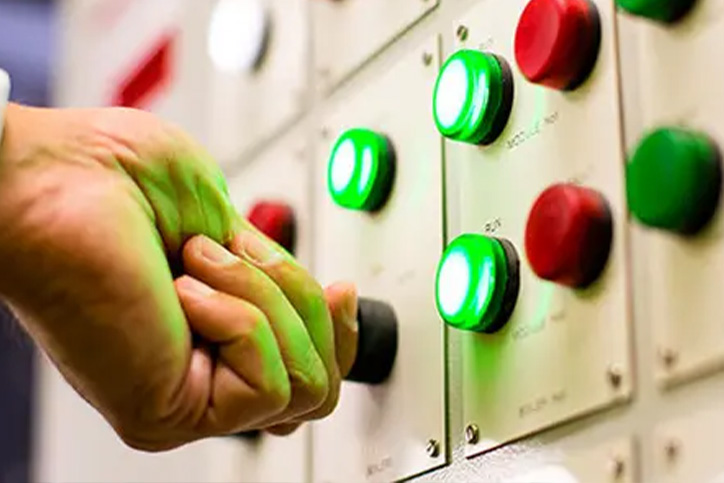
When installing a sub-metering system, it’s critical to document specific details to ensure the system is set up correctly, provides accurate data, and can be maintained effectively over time. Here’s a list of the minimum key information that should be recorded during the installation process:
General System Information
• Location Details: Record the exact location of each sub-meter, such as room, circuit, or equipment it is monitoring.
• Purpose of Meter: Specify what the sub-meter is measuring (e.g., lighting, HVAC, specific machinery, tenant usage).
• Meter Identification: Assign unique IDs or labels to each sub-meter for easy reference in the monitoring system.
Electrical Setup
• Voltage Configuration: Document whether the system is single-phase or three-phase and the nominal voltage level (e.g., 120V, 230V, 400V).
Current Transformers (CTs):
- Type and rating of CTs (e.g., 100A:5A, 400A:1A).
- Polarity and orientation of CT installation.
- Location and connection of CTs to the sub-meter.
Voltage Connections:
- Voltage tap points for each phase.
- Confirmation that connections are secure and meet manufacturer specifications.
Meter Configuration
Communication Settings:
- Protocol used (e.g., Modbus, BACnet, LoRaWAN).
- Address, baud rate, and parity for communication if applicable.
Measurement Settings:
- Configured current and voltage ratios.
- Power factor correction settings if required.
- Data Logging Interval: Record the interval at which the meter collects and transmits data (e.g., 1 minute, 15 minutes).
System Integration
Connection to Monitoring System:
- Details of the gateway or data logger connecting the sub-meter to the monitoring platform.
- Verification that the sub-meter is successfully communicating with the system.
Integration Testing: Record results of initial tests to ensure the data is being logged accurately and displayed correctly.
Commissioning
Initial Readings: Capture the starting readings from the sub-meter at the time of installation.
Commissioning Report:
Confirm that the meter has been commissioned and verified for accurate operation.
Environmental and Physical Details
Mounting Details:
- Method of mounting (e.g., panel-mounted, DIN rail, wall-mounted).
- Accessibility for maintenance or data retrieval.
Protective Measures:
-
Details of enclosures or protective covers, especially in industrial or outdoor installations.
Documentation and References
Wiring Diagrams: Provide detailed schematics showing how the sub-meter is connected to the system.
Manufacturer Specifications: Attach technical datasheets for reference.
Installation Photos: Take clear photographs of the installed meter
Contact Information: Record details of the installation team or technician for follow-up queries.
Why Is This Information Important?
Accurate Operation: Ensures the sub-meter is configured and installed correctly.
Troubleshooting: Simplifies maintenance and fault diagnosis in case of issues.
Regulatory Compliance: Provides documentation for audits or certifications.
System Expansion: Facilitates easier upgrades or integration of additional meters in the future.
By carefully documenting these details, you can ensure your sub-metering system operates effectively and provides reliable data over its lifespan.
